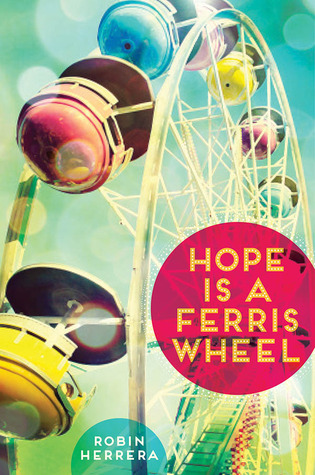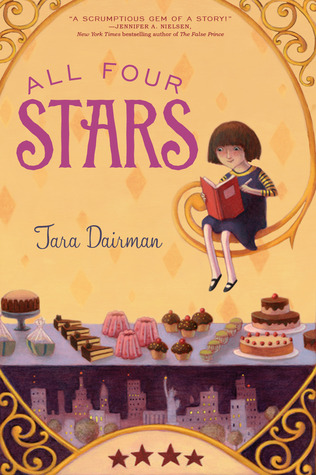
Titles are as much a part of the creative process of writing a book as anything. They come with their own set of troubles -- how creative can I get? is it representative of my story? does it grab readers' attention? -- and, like other aspects of books, can be categorized and analyzed. As such, I decided to examine titles of middle-grade novels over the past year, using these two Goodreads lists, and see if I could categorize them into specific structures.
Firstly, I took note of the very large number of titles beginning with "The". This might seem inconsequential, but "The" signifies almost one hundred percent of the time that a noun is to follow. What does this tell you about the book? That the noun in question is most likely of paramount importance in the story.
I'll break it down into two subcategories of 3-words-or-less and 4-words-or-more. For example, Jennifer Nielsen's The Runaway King, Tui. T Sutherland's The Menagerie or Brandon Sanderson's The Rithmatist all imply a storyline which revolves around the noun. The longer titles allow for more detailed description of the noun, e.g. Kat Grindstaff's The Flame in the Mist or Soman Chainani's The School of Good and Evil. Certain longer titles follow a specific sub-structure too: The NOUN of NOUN, as evidenced by Ari B. Goelman's The Path of Names, Claire Legrand's The Year of Shadows or Linda Urban's The Center of Everything.
A similar titling structure is the use of nouns without an article in front, e.g. Matthew J. Kirby's Spell Robbers, Christina Mercer's Arrow of the Mist, Peggy Edelman's Sky Jumpers or Colin Meloy's Wildwood Imperium. It's evident that these sort of noun-centred titles are popular, and for good reason; they tidily summarize a unique aspect or component of the story inside to give readers an idea of what the book is about. They're usually not too abstract, and above all, they're safe.
The next subset of titles which I looked at were titles starting with verbs, which were usually continuous verbs (ending with -ing). Examples include N. H. Senzai's Saving Kabul Corner, Holly Goldberg Sloan's Counting by 7s, Clare Vanderpool's Navigating Early and Rebecca Petruck's Steering Toward Normal. These title structures suggest a journey of some sort, and can be more obscure than the previous noun-centred titles.

One-word titles are a category all to themselves because they're difficult to pull off; the single word must be distinct, representative and memorable all at once. And looking at John David Anderson's Sidekicked, Lana Krumwiede's Archon and Melanie Crowder's Parched, these qualities are more or less evident. Vaguer titles like Ellie Rollins's Snap or Jeff Probst's Stranded become more relevant once the book is read.
Full-sentence titles range from to-the-point (The Colossus Rises, Peter Larangis and Magic Marks The Spot by Caroline Carlson) to ambitious (How To Outrun a Crocodile When Your Shoes are Untied, Jess Keating and How To Catch A Bogle, Catherine Jinks). These titles are more particular because complete sentences are much less common than pairings or groupings of words; they're also my favourite type of title. The idea that a book can be represented in a complete entity, as opposed to a shortened clause or a convoluted two-sentence piece à la every single non-fiction book out there, is rather pleasing and consistently turns up fascinating book titles (There Will Be Bears by Ryan Gebhart is a stand-out).
My final category (for now!) is miscellaneous, where I'm putting all the titles that begin with prepositions (By the Grace of Todd, Louise Galveston), any of the five Ws + H (When Audrey Met Alice, Rebecca Behrens; What the Moon Said, Gayle Rosengren) and other assorted titles, such as Rita Williams-Garcia's PS: Be Eleven, Kate Messner's Wake Up Missing and Kathryn Fitzmaurice's Destiny, Rewritten. A uniquely-structured title helps set a book or series apart, and I wouldn't hesitate to say that the success of Tim Federle's Better Nate Than Ever is due in some part to his title.
Overall, structures of middle-grade titles fall within certain categories consistently, with outliers adding intrigue to the mix. Judging a book by its title might not be a thing, but it's certainly an interesting aspect of the whole package to look at!
What's the most intriguing, different or distinctive MG title you've seen?
- Yahong























